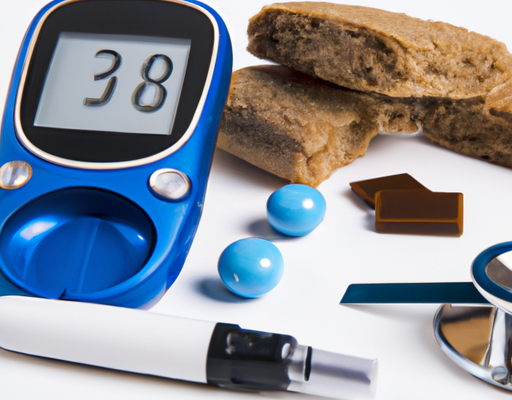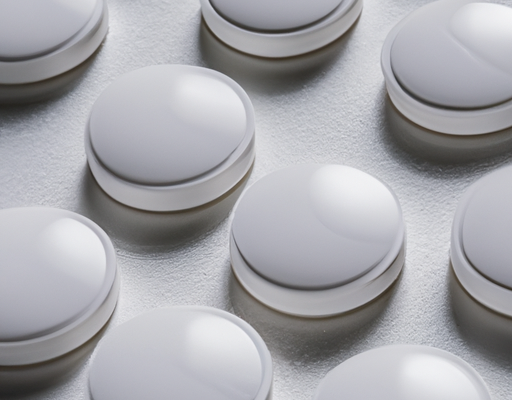• Symptoms
Contact Dermatitis is a common skin disorder that can manifest in many different ways. It occurs when skin comes into contact with an allergen or irritant and causes an inflammatory reaction. Typical symptoms of contact dermatitis include redness, itching, swelling, and burning sensations. In severe cases, blisters or hives may form. Long-term exposure to an allergen or contact with an irritant can cause the skin to thin, become scaly, and darken in color. Scratching can lead to an infection and increase risk of scarring. If left untreated, contact dermatitis can cause persistent and irreversible skin damage. It is important to seek medical attention if any of these symptoms develop.
• Causes
Contact dermatitis is an uncomfortable yet common skin disorder that can occur when skin is exposed to certain irritants or allergens. It is the body’s reaction to contact with a foreign substance and manifests in itchy, red, inflamed skin. The cause of this skin disorder ranges widely and can be due to a variety of irritants or allergens. Common irritants include soaps and detergents, shampoos, sweat, dyes, paints, metals, and even some plants. Allergens causing contact dermatitis may include certain fabrics, fragrances, latex, some decorative jewelry, and even medications. Those with a weakened immune system are more likely to develop contact dermatitis. Humidity and excessive sweating may also be factors in the development of the condition.
• Diagnosis
Diagnosis of contact dermatitis is typically straightforward. A healthcare provider may use a physical exam to diagnose the skin condition. During the physical exam, a physician may inspect the rash area and inquire about the patient’s history of activities that may have caused the rash. Skin scrapings and a biopsy may also be taken for testing. Tests such as a patch test may be used to determine if an allergen caused the condition. In some cases, urine and/or blood tests may be conducted to identify potential triggers. It is important to note that contact dermatitis can look like other skin conditions and should be diagnosed by a healthcare provider.
• Treatment
Contact dermatitis is an inflammatory skin condition, caused by an allergen or irritant coming into contact with the skin. Treatment for contact dermatitis depends on the cause, the severity of the reaction, and the affected area. For mild cases, the rash may go away on its own or with topical hydrocortisone cream, ointment or lotion. For more severe cases, topical or oral corticosteroids or other anti-inflammatory medications may be prescribed to reduce itching and inflammation. In some cases, a mild steroid cream may be used over a long period of time to prevent the condition from becoming severe. If an allergen is causing the contact dermatitis, the best treatment is to avoid it. Antihistamines can also be used to reduce itching and inflammation. In cases where a bacterial infection is present, antibiotics may be prescribed. To prevent contact dermatitis, it is important to identify and avoid the triggers, such as chemicals, detergents, soaps, and other irritants. Wearing gloves when cleaning or gardening, washing hands frequently, and using mild soaps and moisturizers can help minimize the risk of developing contact dermatitis.
• Prevention
Contact Dermatitis is a form of skin irritation caused by contact with an allergen or irritant. It is important to take precautions in order to prevent the occurrence of contact dermatitis. Wearing protective clothing such as gloves when dealing with a potential allergen is necessary to reduce the risk of skin contact. It is also important to be aware of any new products that contain potential allergens and to limit exposure whenever possible. Additionally, keeping the skin moisturized with a hypoallergenic product can help by reducing the skin’s sensitivity to allergens. Lastly, it is important to understand the signs and symptoms of contact dermatitis and to seek medical attention if these arise. By taking appropriate precautions, contact dermatitis can be avoided.





No Comments